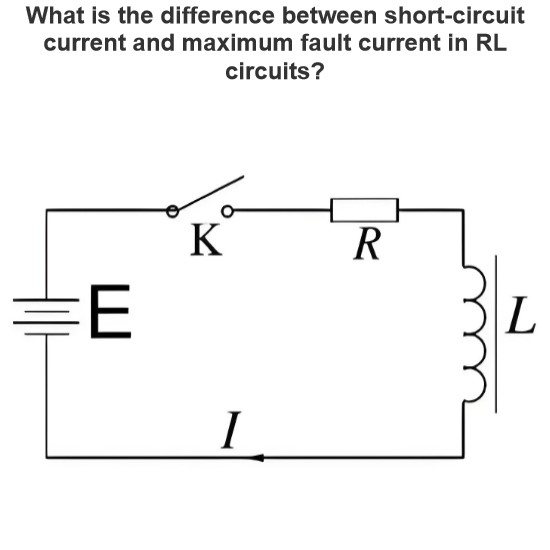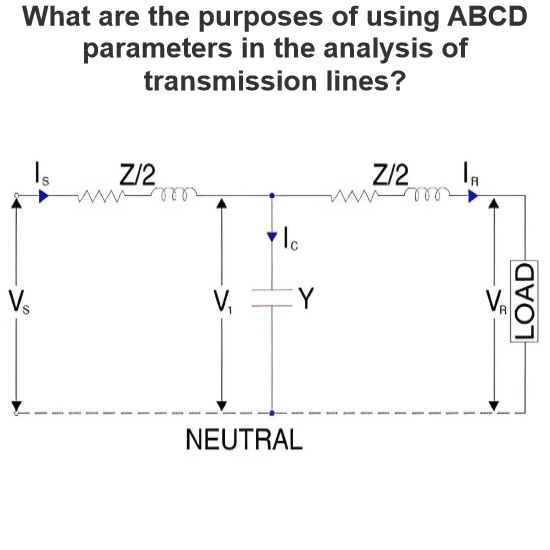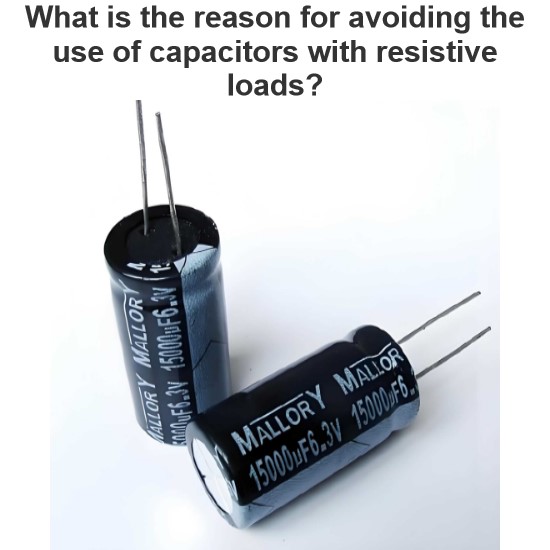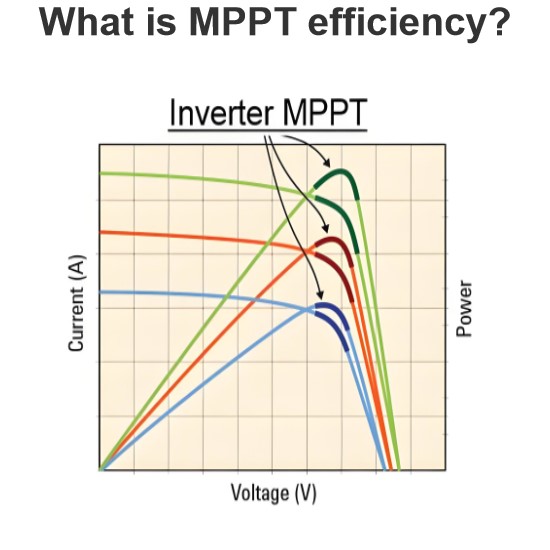What are some ways to connect solar panels?
Methods for Connecting Solar Panels
There are various methods for connecting solar panels, and the specific method depends on your application requirements, system scale, and configuration. Here are some common connection methods and their detailed explanations:
1. Series Connection
Principle: In a series connection, the positive terminal of one solar panel is connected to the negative terminal of the next panel, and so on. This way, the voltages of the panels add up, while the current remains constant.
Advantages:
Increases system voltage, suitable for long-distance transmission.
Reduces the cross-sectional area of the cables, lowering costs.
Disadvantages:
If one panel is shaded or damaged, the performance of the entire system is affected.
Applicable Scenarios:
Suitable for systems requiring high voltage, such as grid-tied inverters.
Suitable for systems with long-distance transmission.
2. Parallel Connection
Principle: In a parallel connection, all the positive terminals of the panels are connected together, and all the negative terminals are also connected together. This way, the currents of the panels add up, while the voltage remains constant.
Advantages:
If one panel is shaded or damaged, the other panels can still function normally.
Suitable for low-voltage, high-current systems.
Disadvantages:
Requires larger cable cross-sectional areas, increasing costs.
Suitable for short-distance transmission.
Applicable Scenarios:
Suitable for systems requiring high current, such as off-grid systems.
Suitable for systems with short-distance transmission.
3. Series-Parallel Hybrid Connection
Principle: First, multiple panels are connected in series to form a series string, and then these strings are connected in parallel. This way, both the voltage and current of the system can be increased.
Advantages:
Combines the advantages of series and parallel connections, increasing both voltage and current.
Highly flexible, allowing for system configuration adjustments based on actual needs.
Disadvantages:
More complex connections, requiring more wiring and management.
If one string has issues, the performance of the entire string is affected.
Applicable Scenarios:
Suitable for large-scale solar power systems.
Suitable for systems requiring flexible configuration.
4. Using Maximum Power Point Tracking (MPPT) Controllers
Principle: MPPT controllers automatically adjust the input voltage and current to keep the solar panels operating at their maximum power point. This ensures that the system maximizes energy collection even under varying light conditions.
Advantages:
Improves the overall efficiency of the system.
Highly adaptable, optimizing performance under different light and temperature conditions.
Disadvantages:
Higher cost, requiring additional hardware support.
Applicable Scenarios:
Suitable for systems requiring high efficiency.
Suitable for areas with varying light conditions.
5. Using Bypass Diodes
Principle: Install bypass diodes in each panel or group of panels. When a panel is shaded or damaged, the bypass diode conducts, bypassing that panel to ensure the other panels continue to function normally.
Advantages:
Enhances the reliability and stability of the system.
Reduces the impact of shading on system performance.
Disadvantages:
Increases system complexity and cost.
Applicable Scenarios:
Suitable for systems prone to shading.
Suitable for systems requiring high reliability.
6. Using Multi-Channel Inverters
Principle: Multi-channel inverters can connect multiple independent solar panels or groups of panels, with each channel working independently and without affecting the others.
Advantages:
Enhances the flexibility and reliability of the system.
Suitable for using panels of different specifications.
Disadvantages:
Higher cost, requiring complex management and control.
Applicable Scenarios:
Suitable for large-scale solar power systems.
Suitable for systems requiring high reliability and flexibility.
Summary
Choosing the appropriate connection method depends on your specific needs and system configuration. Series connection is suitable for systems requiring high voltage, while parallel connection is suitable for systems requiring high current. Series-parallel hybrid connection combines the advantages of both, making it suitable for large-scale systems. Using MPPT controllers and bypass diodes can improve the efficiency and reliability of the system. We hope the above information is helpful to you.
The Electricity Encyclopedia is dedicated to accelerating the dissemination and application of electricity knowledge and adding impetus to the development and innovation of the electricity industry.




